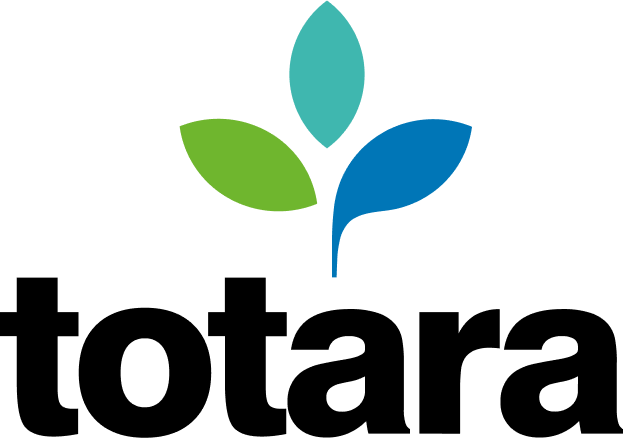When looking for a new learning management system, there is a multitude of questions that must be asked, starting with: What do I need my LMS to be able to do to allow us to reach our learning goals? However, one initial consideration that people often overlook is the type of technology an LMS uses. This is important to consider when evaluating whether an LMS will be able to provide the type of functionality you’ll need to meet your learning goals.
Therefore, when beginning the LMS evaluation process, you must first choose whether to utilise an open source or a closed source learning management system. Let’s explore the differences between the two and highlight a few of the advantages of choosing an open source LMS.
Open source vs closed source technology: what’s the difference?

First, we’ll provide definitions for both types of learning management system software.
Open source software – Software for which the original code is made freely available and may be redistributed and modified.
Closed source software – Unlike open source systems, closed source software (also referred to as proprietary software) does not share its code.
For context, here are some examples of open source vs closed source technology:
- Android phones (open source) or iPhones (closed source)
- WordPress (open source) or Squarespace (closed source)
Commonly, open source dominates – or at the very least gives closed source a run for its money – in various sectors like mobile, database and web front-end. Open source allows you to constantly update, customise and expand your platform.
Why do we love open source?
Here at eThink, we are very big advocates of open source products, like Totara Learn. An open source LMS give you the flexibility to utilise a best-of-breed content strategy to incorporate the best content and e-learning tools into your platform. Closed source options are simply limiting, while open source allows you to constantly customise your LMS to meet your specific needs. When used to its best abilities, open source technology also provides other advantages, including top security, ownership of data, cutting-edge technology and high service standards.
Security
One of the more common questions we receive is around security. A common misconception in the market is that an open source product isn’t secure. It is actually quite the opposite!
Totara’s regular updates provide security patches to combat and prevent any potential issues. Also, as an open source product with visible code, the Totara community is able to find and note any security issues. This means security glitches are recognised much faster and patches are turned around almost immediately. So really, the more eyes on the code, the better!
Furthermore, choosing a partner like eThink provides you with added security, as we have our own security measures in place around our servers to ensure complete LMS protection.
Ownership of data
Another aspect of security, but an important advantage on its own, is the ownership of one’s own data. With a closed source solution, they often are the only available support for your LMS. As your sole vendor, they have the power to raise prices or even charge you to buy back your own data if you decide to switch solutions.
With an open source system, you will always own your data and your LMS code. If you ever find that your provider or hosting partner is not meeting your expectations, you can easily bring your learning platform in-house or move to another service provider. Open source leaves you in charge of your data, and rightfully so!
Most up-to-date version
With an open source product like Totara Learn, you can expect the most up-to-date system. Users constantly monitor and improve it, ensuring the integrity of the code. As a result, open source often means a higher-quality solution.
Not only do you have the developers at headquarters constantly working to make sure that Totara Learn is incorporating cutting-edge technology and features, but you also have a community of developers across the globe who can contribute to the code. If there is ever a gap in functionality, any developer can work on the functionality that they would like to see and then contribute the update to the Totara community. These updates can be added into the core code or added in through free plugins.
On the other hand, with closed source solutions, there is only one team of developers working to keep their system up to date. Also, there is typically only one way an objective can be accomplished, and it may not be what works best for you. Closed source platforms are typically more rigid in terms of flexibility and customisation options.
LMS services
As previously mentioned, closed source solutions are solely responsible for product development, so you pay for not only the LMS licence and support, but also the upkeep and evolution of the product.
Here at eThink, service is our number one priority and the asset that has been instrumental in allowing us to maintain a 99% client retention rate over 11 years of business – a major contributor to winning the coveted Global Partner of the Year Award in the Totara Awards 2018. We take a fully managed approach to e-learning, meaning that our team of e-learning experts will take care of every need related to your LMS including implementation, integration, consultation and management of your system. As part of our hands-on approach to e-learning, when a ticket is submitted we go in and make the requested changes for you – no sending you to an instruction manual or providing steps on how to accomplish the task yourself.
Therefore, when evaluating different LMS options, make sure that you are asking about their level of support as this is an extremely important consideration and one of the main reasons we have seen clients making the switch to become a satisfied eThink client.
In conclusion, these are a few of the important differences to consider between an open source and closed source LMS. What it comes down to is what level of control and flexibility you will need with your LMS. In particular, if owning your code is important to you and you will want to have the ability to customise your platform to meet your specific needs, then open source is the way to go.
This is a guest post by eThink Education.





